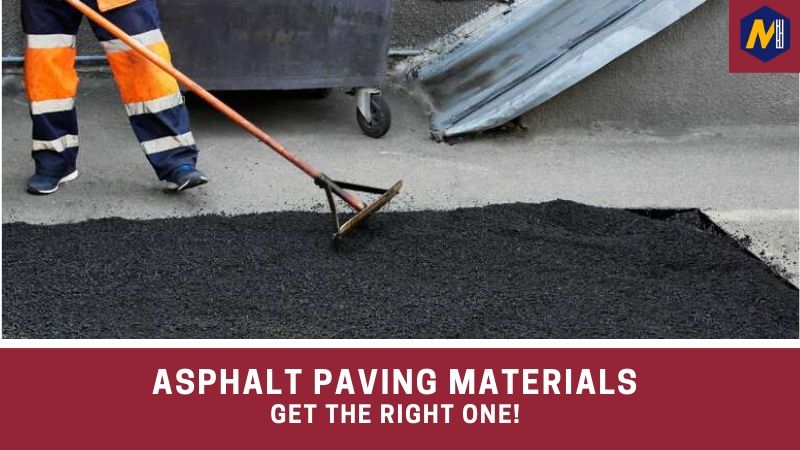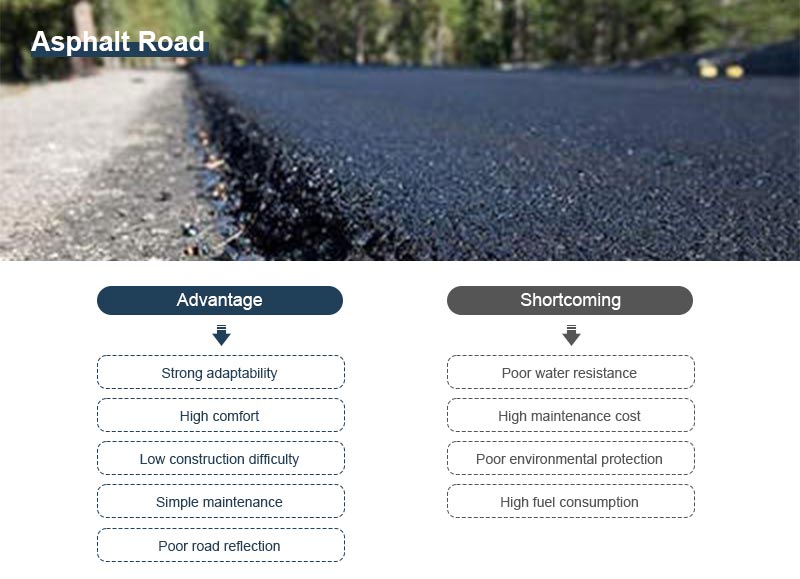Rumored Buzz on A1 Professional Asphalt & Sealing Llc
Rumored Buzz on A1 Professional Asphalt & Sealing Llc
Blog Article
The smart Trick of A1 Professional Asphalt & Sealing Llc That Nobody is Talking About
Table of ContentsAll About A1 Professional Asphalt & Sealing LlcOur A1 Professional Asphalt & Sealing Llc DiariesThe Ultimate Guide To A1 Professional Asphalt & Sealing LlcSome Known Incorrect Statements About A1 Professional Asphalt & Sealing Llc Excitement About A1 Professional Asphalt & Sealing Llc

The oil in an auto engine is not simply oil. It consists of a selection of ingredients to improve the automobile's efficiency. These include polymers, viscosity modifiers, warm stabilizers, added lubricants, and use ingredients. The REOB contains all the ingredients that were in the waste oil along with the wear steels from the engine (mainly iron and copper).
By making several blends utilizing various REOB examples and various asphalt binders, the variations greatly can be averaged out. A number of States offered examples of known REOB make-up to TFHRC researchers, who analyzed the examples to contrast the percentage of added (recognized) REOB to the found (examined) amount. The analyses revealed a comparable portion of included and found REOB.
6 Easy Facts About A1 Professional Asphalt & Sealing Llc Described
None of those States understood that the asphalt they were buying included REOB. One State urged its examples had no REOB - https://www.easel.ly/browserEasel/14465169.
Of the 1,532 examples checked, 12 percent consisted of REOB, and some contained substantially high degrees of it at 1020 percent. The highest possible level was 34 percent in an example from Texas, which TxDOT had actually made use of in a patching substance. This screening additionally disclosed the visibility of phosphoric acid in 11 percent of the samples, and 2 percent contained ground tire rubber.
Two years back at TRB's annual meeting, the Federal scientists held an REOB workshop and offered the findings of their lab analyses to a standing room-only group. Although some companies do not specifically prohibit REOB, they do enforce physical examinations that preclude its useeffectively a ban. asphalt repairs. Others do not prohibit it by specification, however have contracts with asphalt providers to stay clear of using REOB
Everything about A1 Professional Asphalt & Sealing Llc
A handful do permit REOB, some within specific restrictions. Ohio and Texas limitation degrees to much less than 5 percent of the asphalt. To establish a dependable test approach that all States can use, the TFHRC researchers established a round-robin examination strategy. The individuals are 11 State highway agencies (Illinois, Massachusetts, Minnesota, Mississippi, Montana, North Carolina, Oklahoma, South Carolina, Texas, Vermont, and Wyoming), 2 independent screening laboratories, the Ministry of Transportation in Ontario, Queen's University in Ontario, and an Ontario paving specialist.
The participants are testing the samples individually using the standards supplied by the TFHRC scientists. The outcome will certainly be a proposed AASHTO examination technique that any State can take on and use.
The pavement with REOB, which is located 0.6 mile (1 kilometer) from the pavement without REOB, has similar subgrade, traffic density, and environment. Nonetheless, the sector of Highway655 with 5 to 10 percent REOB showed significant splitting. In this instance, the visibility of REOB was the identified source of cracking at a reduced temperatures.
"In our experience in Canada, also tiny quantities of 23 percent can be an issue." Likewise, a section of test sidewalk in Minnesota (MN1-4) located to consist of REOB additionally split prematurely. The sidewalk done well for the very first 3 to 4 years, yet then began to crack. This sidewalk is also based on reduced temperature levels.
Get This Report on A1 Professional Asphalt & Sealing Llc
The examinations were not substantial, yet they showed that at degrees of 6 percent or even more, the tensile strength of the asphalt dropped dramatically. At a level of 3.5 percent REOB, the variant in the physical examination techniques was above the result of REOB. In fact, it was hard for researchers to evaluate whether REOB existed.

One binder criterion considered is the distinction in between the reduced temperature critical specification temperature level for tightness (S) in the bending light beam rheometer and the bending beam rheometer creep incline (m-value) noted as Tcritical. 2 independent research study groups, one from AASHTO and the other from the Asphalt Institute, concluded that even more research is needed on the use of REOB in asphalt.
Formerly, all asphalt screening determined engineering buildings such as tightness. These examinations do not show what products had actually been included in the asphalt. One example received during the TFHRC research study had an extremely weird evaluation. The example had the complying with test results: Superpave PG 64-28 with a high temperature quality of 67.3 Tcritical on the bending light beam rheometer was 6.7 levels Celsius.

Some Ideas on A1 Professional Asphalt & Sealing Llc You Need To Know
These results show there are weaknesses in the standard design screening protocols that might be made use of. The manufacturer might have an economic benefit and the item passes all the standard examinations, yet the item might not be valuable to guaranteeing lasting performance. To address this problem and the development of new asphalt additives and extenders, TFHRC is beginning a study program to make use of handheld spectroscopic gadgets, x-ray fluorescence spectroscopy, and Fourier change infrared spectroscopy to enable evaluations to be carried out in the area rather than having to take samples back to the lab.
Report this page